Philippine Cacao: Crafting Global Chocolate Excellence
The Philippines boasts a vibrant cacao heritage dating back to the Spanish colonial era, evolving into a dynamic industry celebrated for its high-quality beans and artisanal chocolate brands.
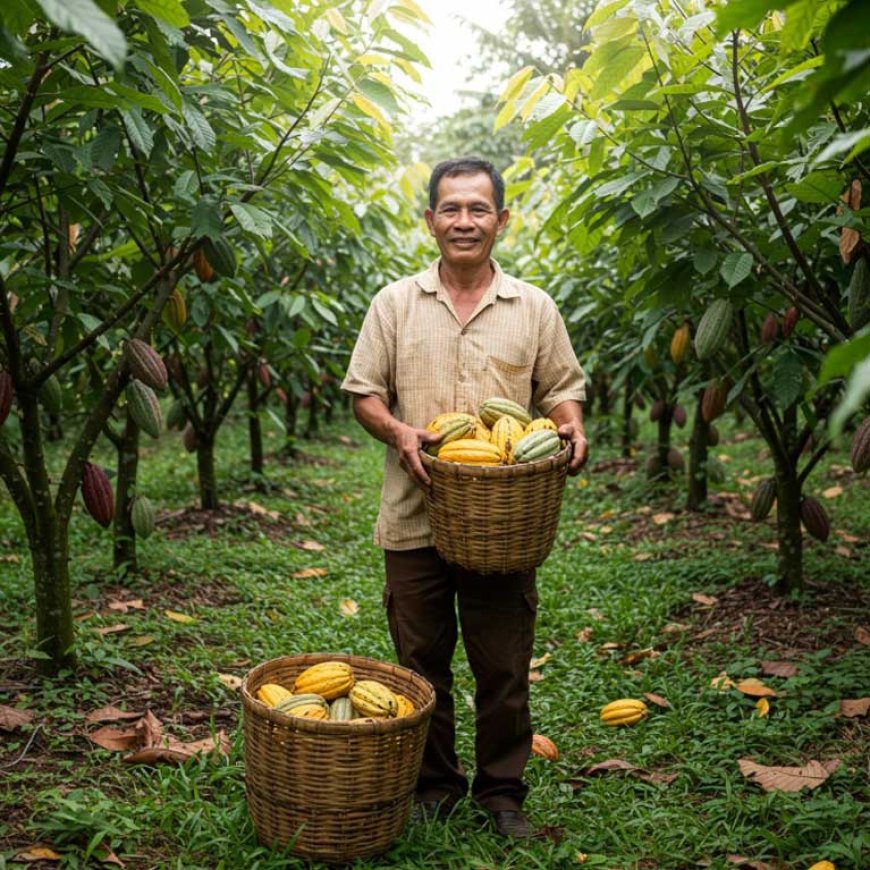
Historical Roots of Cacao in the Philippines
Cacao’s journey in the Philippines began in the 17th century when Spanish colonizers introduced Theobroma cacao trees. Initially cultivated in the Visayas and Mindanao regions, cacao quickly became integral to local customs. The traditional tsokolate (hot chocolate) drink, made from hand-ground roasted cacao beans, became a staple in Filipino households, especially during festive occasions.
By the 19th century, the Philippines emerged as a minor cacao exporter. However, the industry faced setbacks due to colonial trade policies favoring crops like sugar and tobacco. Despite this, small-scale farming persisted, preserving heirloom cacao varieties that thrive in the country’s tropical climate.
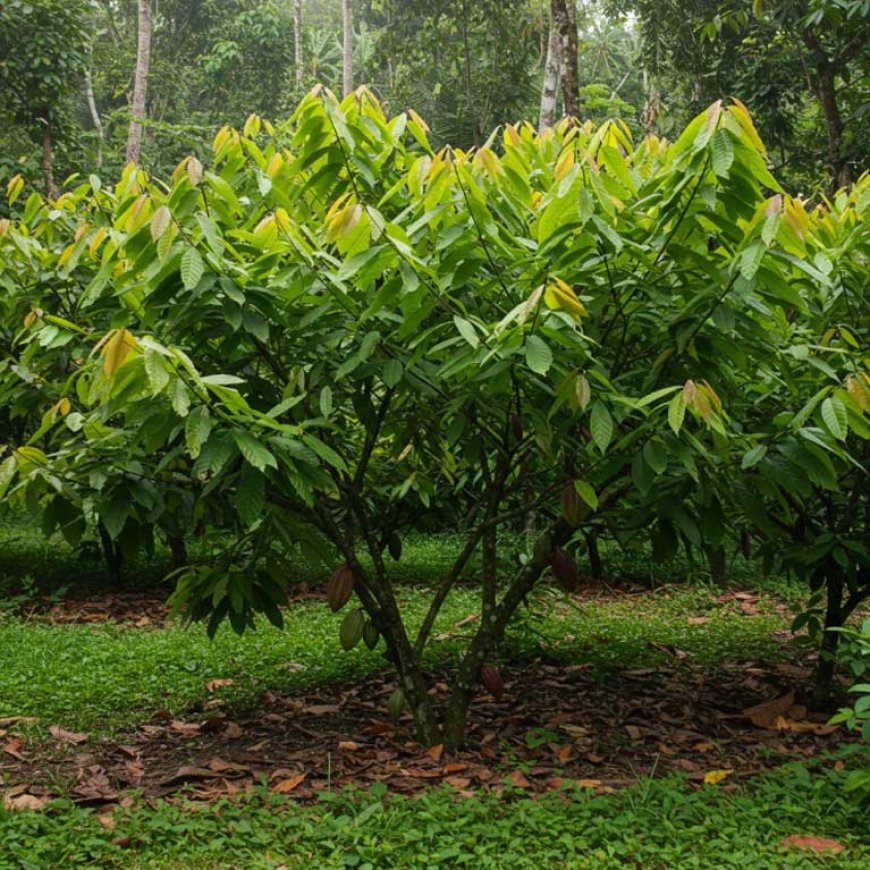
The Current State of the Philippine Cacao Industry
Today, the Philippines produces approximately 10,000 metric tons of cacao annually, with Mindanao accounting for 80% of production. Regions like Davao, Bohol, and Quezon have become cacao hubs, supported by government initiatives like the Philippine Cacao Industry Roadmap 2021–2040, which aims to position the country as a top-quality cocoa producer.
The rise of bean-to-bar chocolate makers has revolutionized the industry. Filipino chocolatiers emphasize organic farming, fair trade practices, and unique flavor profiles influenced by local terroir. The Department of Agriculture also promotes cacao as a high-value crop, empowering farmers through training and financial support.
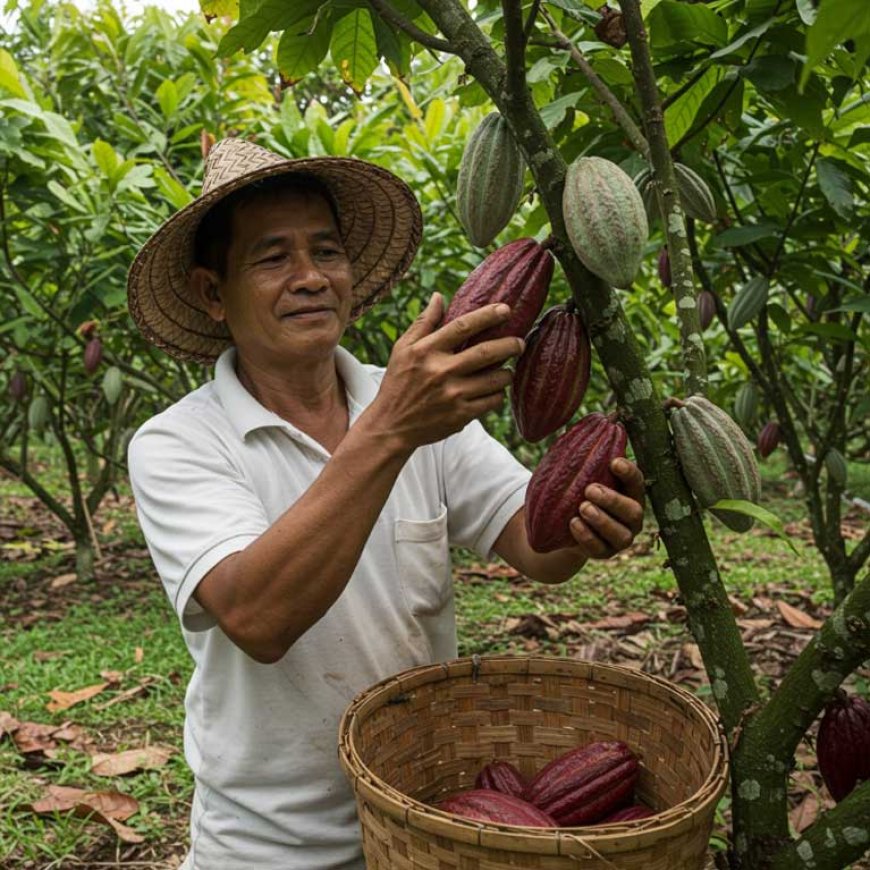
Challenges Facing Filipino Cacao Farmers
Despite growth, the industry faces hurdles:
- Climate Vulnerability: Typhoons and erratic weather patterns threaten crops.
- Pests and Diseases: Pod borers and fungal infections reduce yields.
- Market Competition: Cheap imported chocolates overshadow local products.
- Limited Infrastructure: Poor roads and processing facilities hinder efficiency.
To combat these, organizations like the Cocoa Foundation of the Philippines (CocoaPhil) advocate for resilient farming techniques and disease-resistant cacao hybrids.
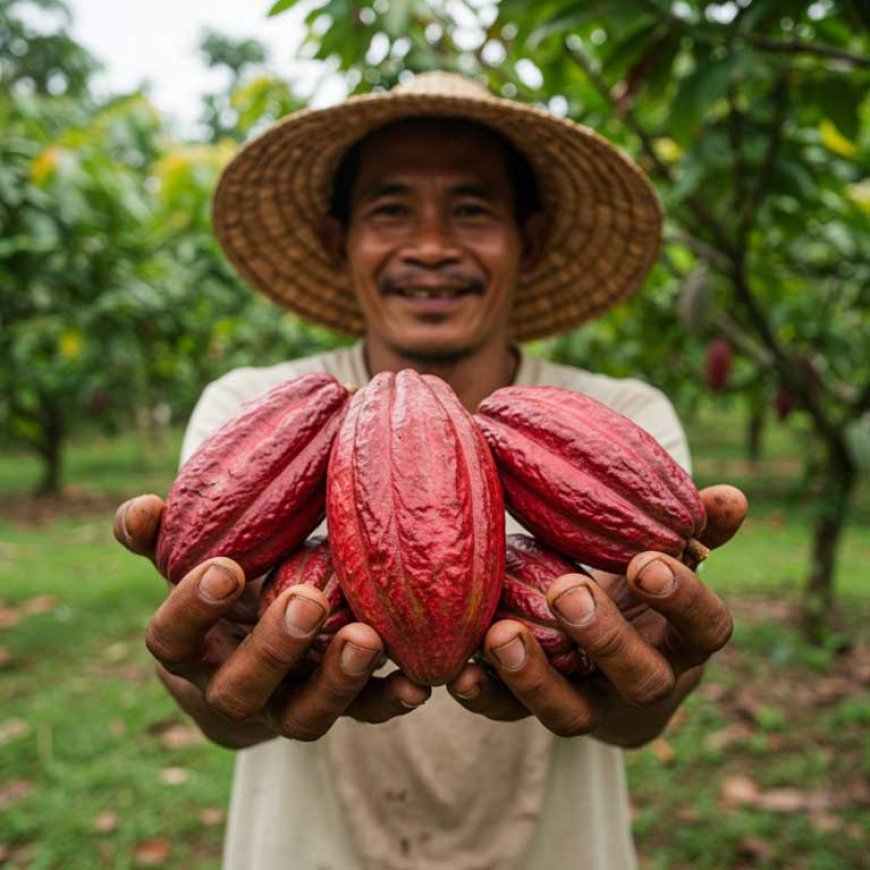
Opportunities for Growth and Innovation
The global demand for premium, ethically sourced chocolate presents opportunities for Philippine cacao:
- Sustainable Farming: Agroforestry systems that intercrop cacao with coconut or bananas improve biodiversity and farmer income.
- Eco-Tourism: Cacao farm tours, like those in Davao’s Malagos Garden Resort, attract chocolate enthusiasts.
- Digital Platforms: Online marketplaces help small brands reach global audiences.
- Research & Development: Institutions like the University of the Philippines Los Baños study cacao genetics to enhance bean quality.
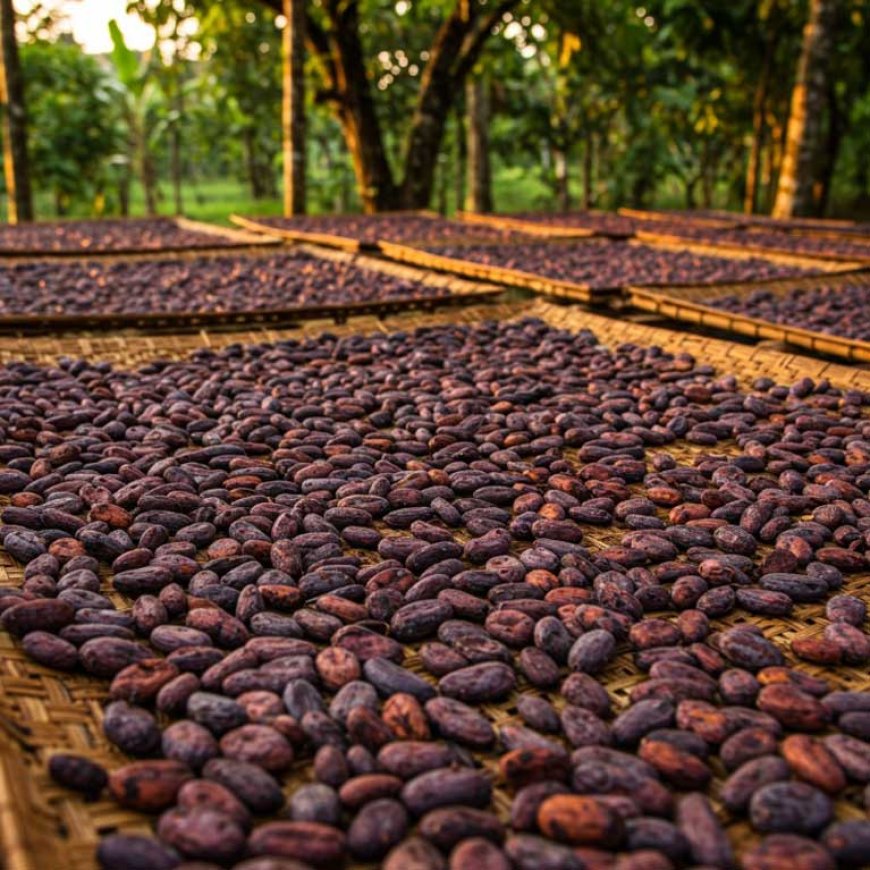
Spotlight on Filipino-Made Chocolate Brands
- Auro Chocolate: A leader in sustainable practices, Auro partners with Mindanao farmers to produce award-winning bars infused with local ingredients like calamansi and coffee.
- Malagos Chocolate: Dubbed the “Chocolate Capital of the Philippines,” Malagos has won international awards for its single-origin dark chocolates.
- Hiraya Chocolates: Known for inventive flavors like adlai rice and cashew, Hiraya champions heirloom cacao varieties.
- Theo & Philo Artisan Chocolates: This brand blends Filipino flavors like mango and chili into its ethically sourced creations.
These brands highlight the Philippines’ potential to compete with global chocolate powerhouses like Switzerland and Belgium.
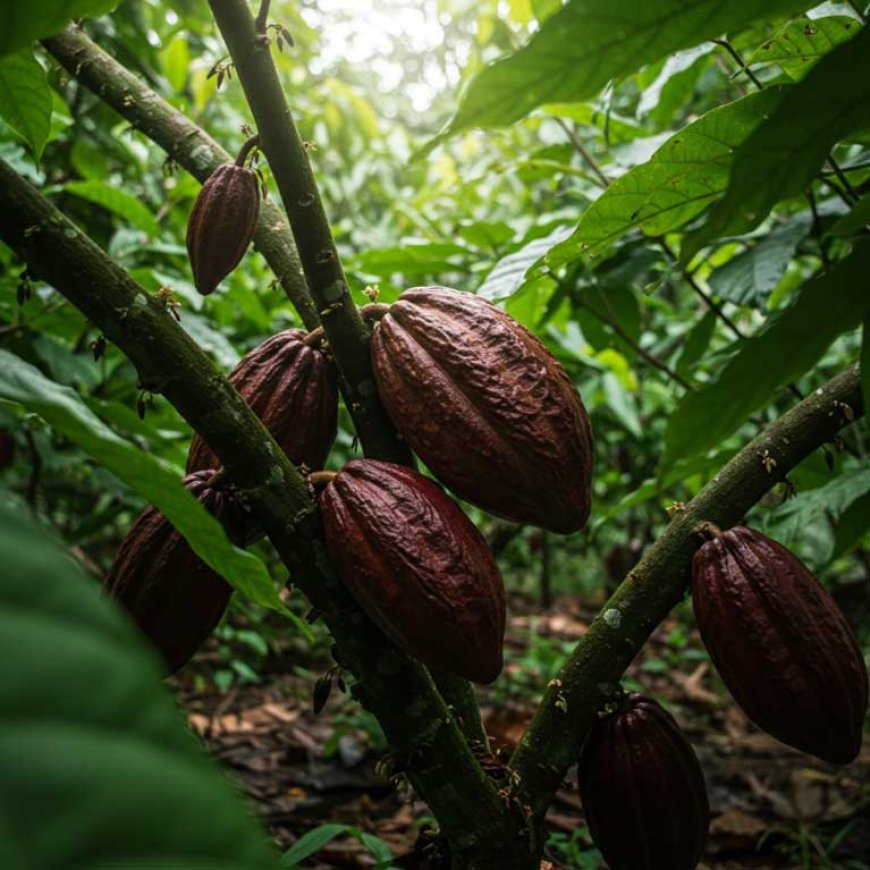
The Cultural Significance of Chocolate in the Philippines
Chocolate is deeply woven into Filipino culture. The tsokolate ritual, using a wooden batidor (whisk) to froth hot chocolate, remains a symbol of hospitality. During Christmas and Easter, families serve tsokolate batirol alongside rice cakes (bibingka).
Modern chefs are reimagining chocolate in savory dishes, such as kare-kare (peanut stew) with cacao paste, while festivals like the Davao Cacao Festival celebrate the bean’s cultural and economic impact.

Supporting the Future of Philippine Cacao
Consumers can contribute by:
- Choosing Filipino-made chocolates.
- Advocating for fair trade and eco-friendly packaging.
- Participating in cacao farm tourism.
With sustained investment and global recognition, the Philippines is poised to become Asia’s premier source of premium chocolate.
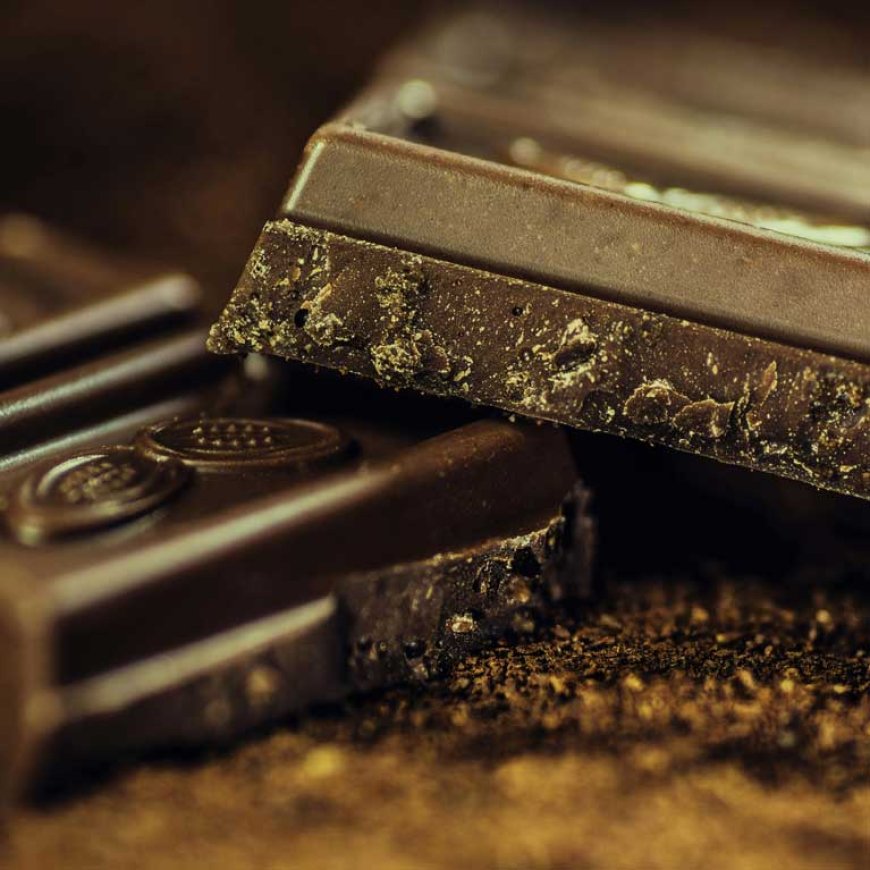
The Rise of Filipino Chocolate
From its colonial roots to its modern-day renaissance, cacao in the Philippines tells a story of resilience and innovation. By addressing challenges and leveraging its rich heritage, the country is crafting a sweet future for its chocolate industry.
Nipino.com is committed to providing you with accurate and genuine content. Let us know your opinion by clicking HERE.






























































